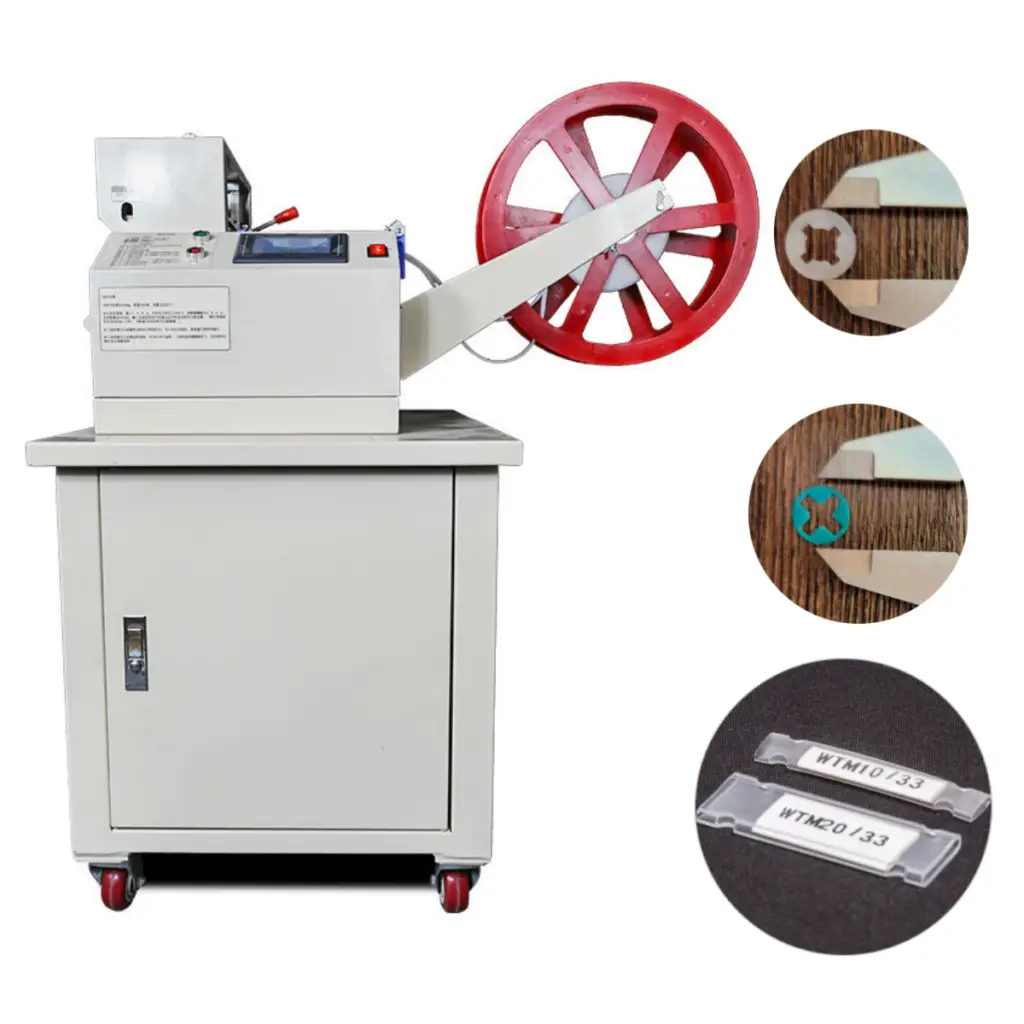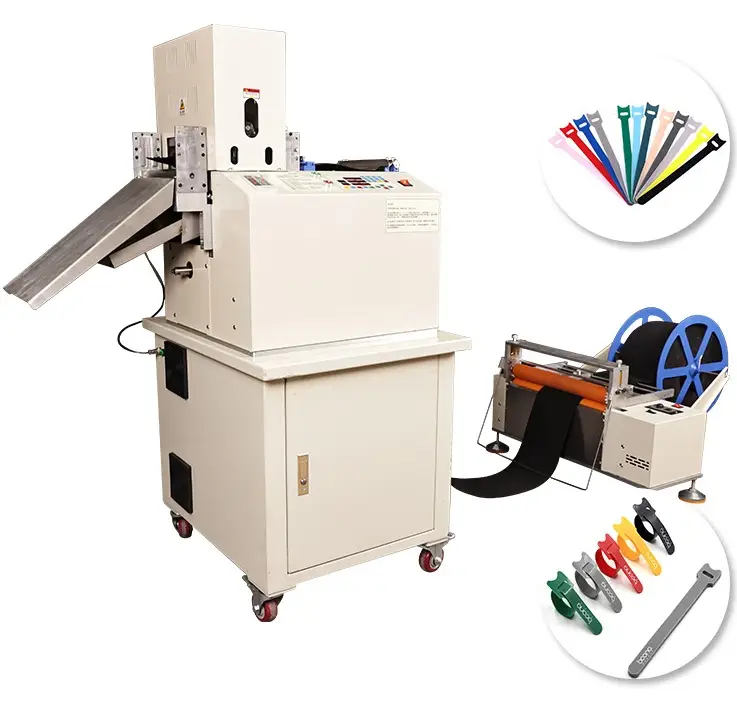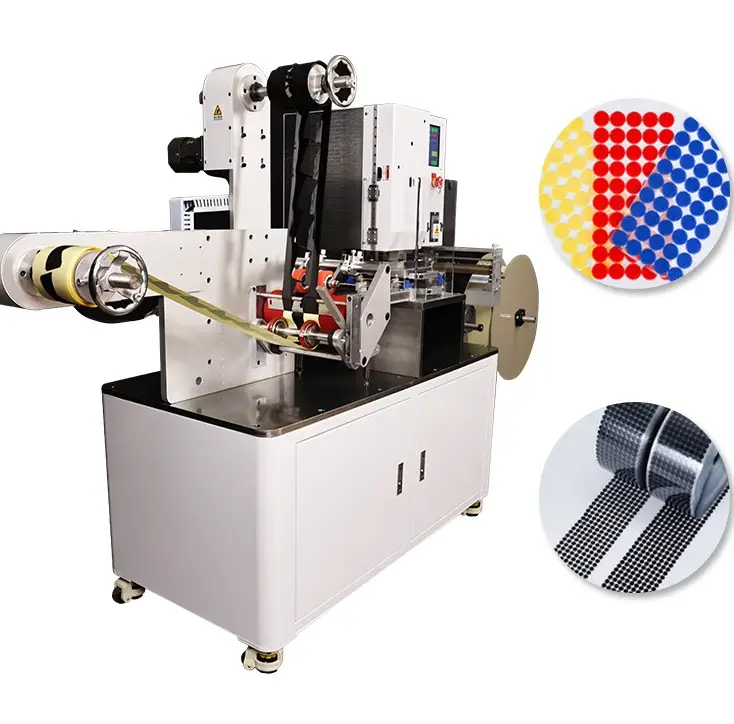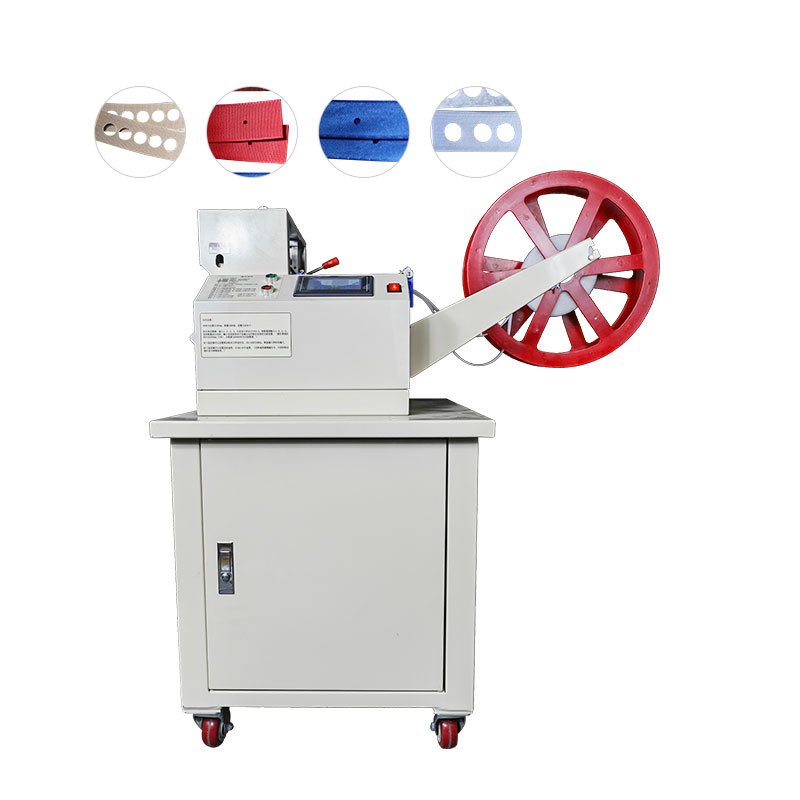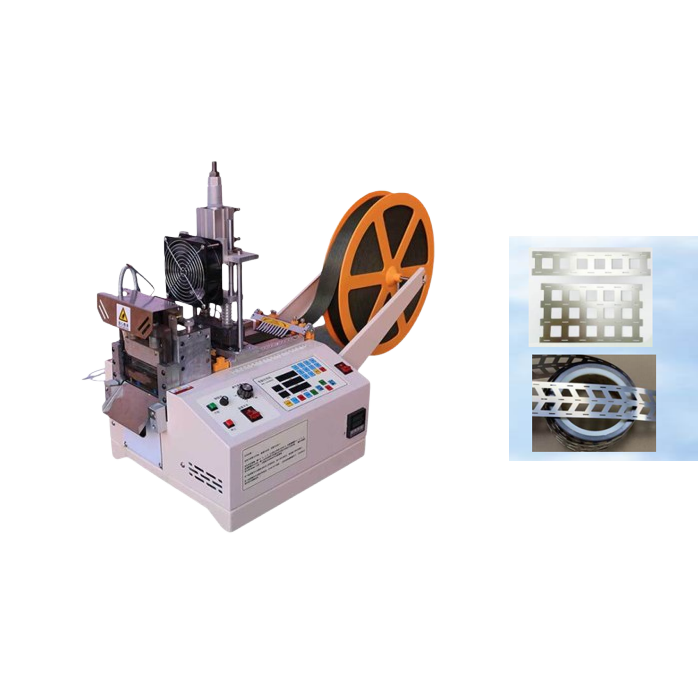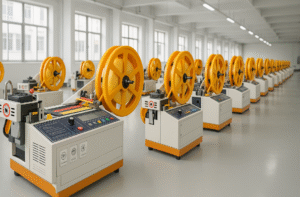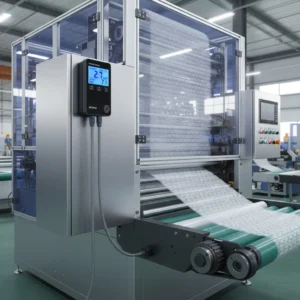How to Cut Belt Leather Efficiently in Manufacturing?
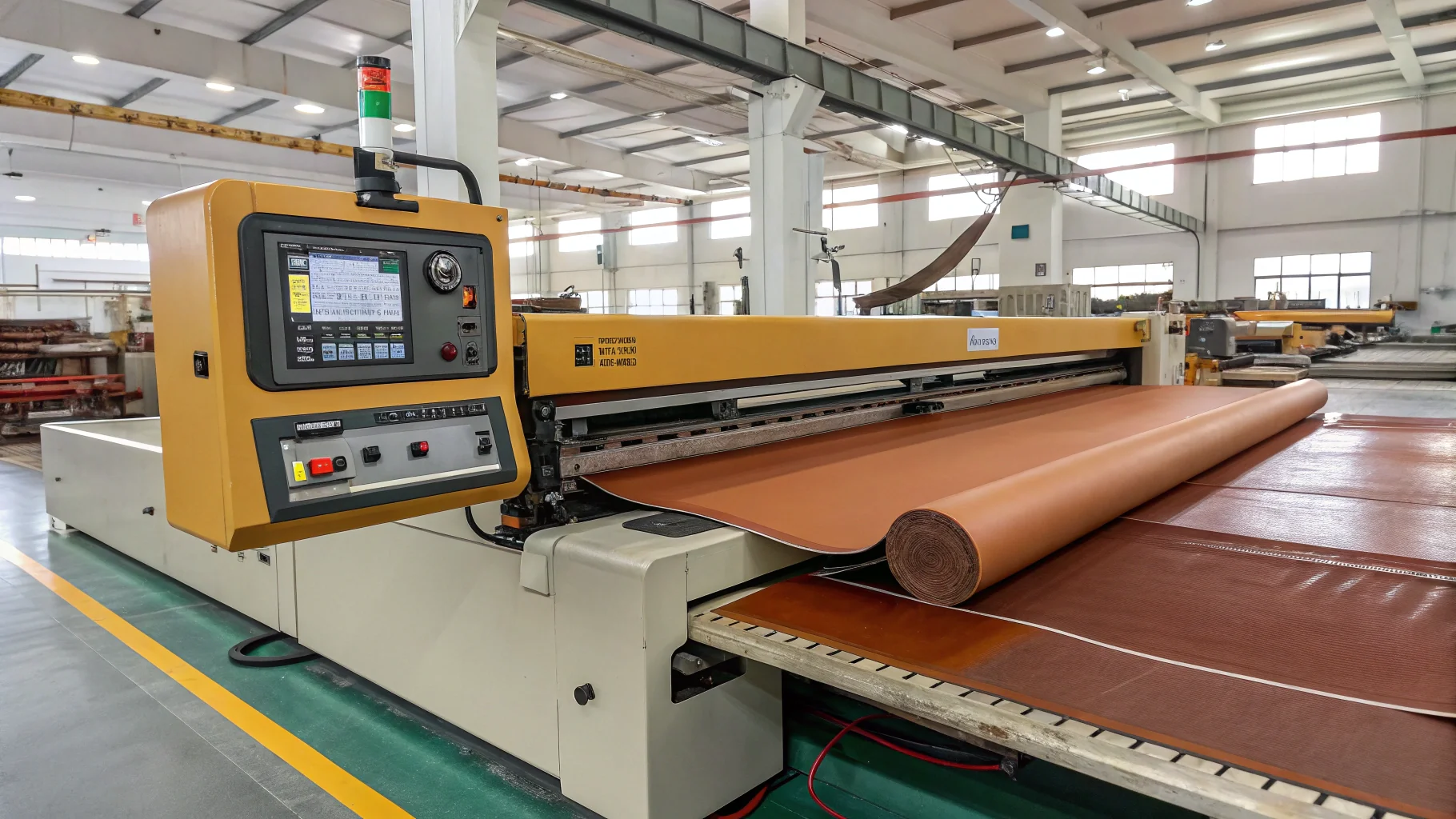
Manual leather belt cutting wastes materials and slows production with inconsistent results.
Efficient cutting of belt leather in manufacturing can be achieved by:
Using strap cutting machines with circular blades that slice leather strips of various widths simultaneously with adjustable spacers, increasing productivity and reducing labor.
Employing CNC leather cutting machines featuring automatic feeding, precision cutting (±0.1mm accuracy), and touch control panels, allowing for high production capacity (up to 15,000 pieces/day) and material utilization rates over 75%.
Utilizing leather splitters to reduce leather thickness evenly before cutting for consistent quality on belt straps, allowing multi-thickness production from a single hide.[1]
Implementing clicker machines (die cutting) with hydraulic press arms and precision steel dies to efficiently cut multiple layers or identical shapes, speeding production and ensuring uniformity.[1]
Incorporating vacuum adsorption systems in cutting machines to hold leather flat and stable during cutting, improving cut accuracy and reducing waste caused by material movement.
Featured Paragraph:
For industrial belt leather cutting, hydraulic press cutters[4][5] and CNC-guided laser machines[3] deliver ±0.2mm precision at 200+ cuts/hour[2], with automated feeding systems preventing material slippage[1].
What Machines Are Best for Precision Belt Leather Cutting in Bulk?

Hand-cutting leather belts creates thickness variations that damage product quality.
Featured Paragraph:
Top-performing machines for bulk leather belt production include:
- Servo-driven band knife cutters (0.1mm precision)[5]
- Auto-feed hydraulic clicker presses (300 cuts/hour)[4]
- Laser cutting systems (complex shapes with sealed edges)[3]
1. Speed & Consistency Comparison
| Machine Type | Cuts/Hour | Precision | Best For |
|---|---|---|---|
| Hydraulic Press | 250-350 | ±0.3mm | Standard belt widths |
| CNC Laser | 150-200 | ±0.1mm | Custom designs[3] |
| Rotary Die Cutter | 400-500 | ±0.2mm | High-volume repeats |
HAOXINHE’s Solution: Our LB-3000 Hydraulic Cutter combines:
✔ 12-ton cutting force for thick leather
✔ Conveyor belt feeding (5m/min speed)
✔ Digital length control (±0.15mm)
2. Critical Features for Leather Cutting
Avoiding Common Problems
- Wavy edges? Look for dual-pressure rollers
- Stuck material? Self-cleaning blade systems
- Varying thickness? Laser thickness sensors
Enhanced Capabilities
- Multi-layer cutting: Stack 3-5 leather sheets
- Pattern memory: Store 50+ belt profiles
- Dust extraction: Keeps cuts clean
3. HAOXINHE’s Leather Processing Solutions
Specialized for belts, straps, and shoemaking:
🔹 LC-880 Laser Cutter – Seals edges while cutting
🔹 HP-150 Hydraulic Press – Processes 8mm thick hides
🔹 Auto-feed Rotary Cutter – 500+ belts/hour
Case Study:
A European belt maker reduced waste by 28%[4] using our guided conveyor system[1] that aligns leather grain automatically.
Conclusion

Industrial belt cutting requires automated, high-force machines with precision measurement systems.
HAOXINHE Insights:
Efficient cutting of belt leather in manufacturing can be achieved by:
Using strap cutting machines with circular blades that slice leather strips of various widths simultaneously with adjustable spacers, increasing productivity and reducing labor.
Employing CNC leather cutting machines featuring automatic feeding, precision cutting (±0.1mm accuracy), and touch control panels, allowing for high production capacity (up to 15,000 pieces/day) and material utilization rates over 75%.
Utilizing leather splitters to reduce leather thickness evenly before cutting for consistent quality on belt straps, allowing multi-thickness production from a single hide.
Implementing clicker machines (die cutting) with hydraulic press arms and precision steel dies to efficiently cut multiple layers or identical shapes, speeding production and ensuring uniformity.
Incorporating vacuum adsorption systems in cutting machines to hold leather flat and stable during cutting, improving cut accuracy and reducing waste caused by material movement.
Adopting automatic nesting and pattern optimization software to minimize leather waste by optimizing piece layouts before cutting, enhancing yield rate.
Favoring machines with multi-layer cutting beds and spreading tables to handle batches effectively and speed up continuous cutting operations.
Selecting equipment with robust brand components (e.g., Panasonic motors, HIWIN guide rails) ensures reliability and reduces downtime in continuous manufacturing environments.
Prioritizing safety features like inductive safety protection and vacuum compensation to protect operators and maintain consistent cutting pressure.
Planning for scalability by combining different machines like splitters, cutters, and sewing equipment to cover all stages from raw leather to finished belts efficiently.
Integrated Keywords:
- Automatic leather belt cutting machine
- Industrial strap cutting machine
- High-speed belt slitter
- CNC leather belt die cutter
